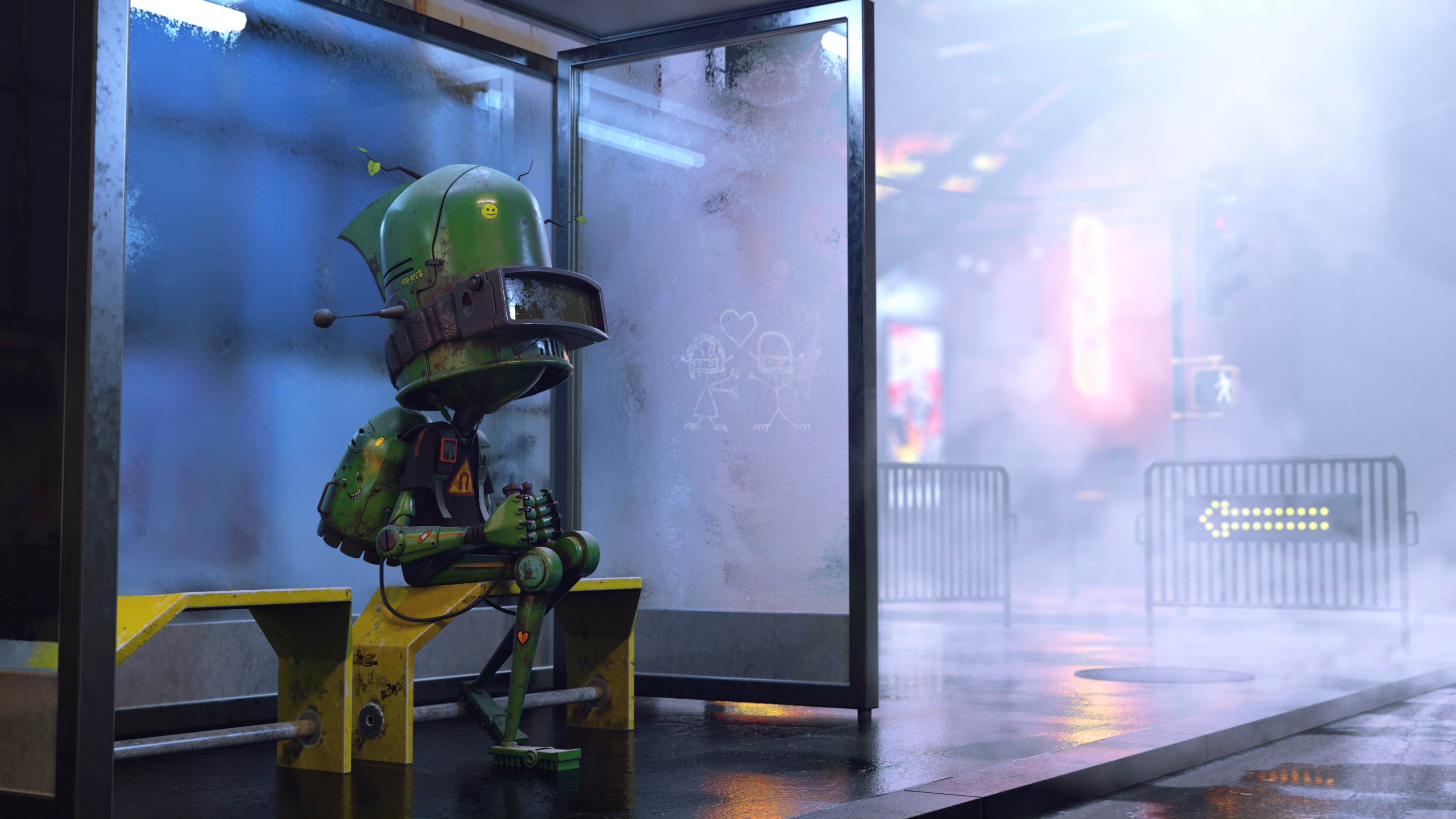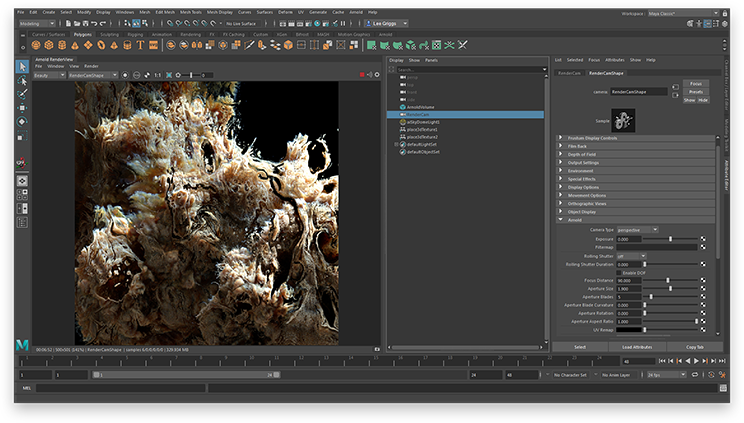

To do this, when you run the MtoA installer, clear the Configure MtoA for Maya check box. This might be useful, for example, if you want to install Arnold across a network. If you prefer, you can extract MtoA to a temporary folder and then copy MtoA package to the install location. You should now be able to render with Arnold.

In the Plug-in Manager, click the Loaded and Auto Load checkboxes for mtoa.mll, and then close the Plug-in Manager.Start Maya and click Window > Settings/Preferences > Plug-in Manager. Otherwise, you can choose where you want to install it.Ĭhoose the folder where MtoA will appear in the Start menu. Keep the default installation options, and click through the Setup Wizard until the setup is completed.Ĥ. Choose which features of MtoA you wish to install.ĥ. The installer will auto-detect the installation path.If this happens, click "More Info" and then click "Run anyway" to proceed with the installation.

On Windows 8 you may get a warning message saying "Windows protected your PC".
Download MtoA from the Arnold web site. New USD components- Hydra render delegate, Arnold USD procedural and USD schemas for Arnold nodes and properties are now available on GitHub.If you have an older installation of MtoA that uses Maya.env to set up the environment variables, make sure to remove those environment variables from the Maya.env file before you install the latest MtoA. Optimized for Nvidia RTX hardware- Scale up rendering power when production demands it. Reduced GPU noise- Comparable to CPU noise levels when using adaptive sampling, which has been improved to yield faster, more predictable results regardless of the renderer used. Lights, cameras and More- Support for OSL, OpenVDB volumes, on-demand texture loading, most LPEs, lights, shaders and all cameras. Unified renderer- Toggle between CPU and GPU rendering. The Arnold GPU is based on Nvidia’s OptiX framework and takes advantage of Nvidia RTX technology. Rigging improvements: Matrix-driven workflows, nodes for precisely tracking positions on deforming geometry and a new GPU-accelerated wrap deformer. Modeling enhancements: New Remesh and Retopologize features. Viewport improvements: Users can interact with and select dense geometry or a large number of smaller meshes faster in the viewport and UV editors. Bifrost for Maya: Performance improvements, Cached Playback support and new MPM cloth constraints. Animation bookmarks: Mark, organize and navigate through specific events in time and frame playback ranges. Cached Playback: New preview modes, layered dynamics caching and more efficient caching of image planes. Over 60 animation features and updates to the graph editor and time slider.







 0 kommentar(er)
0 kommentar(er)
